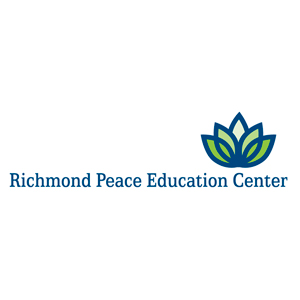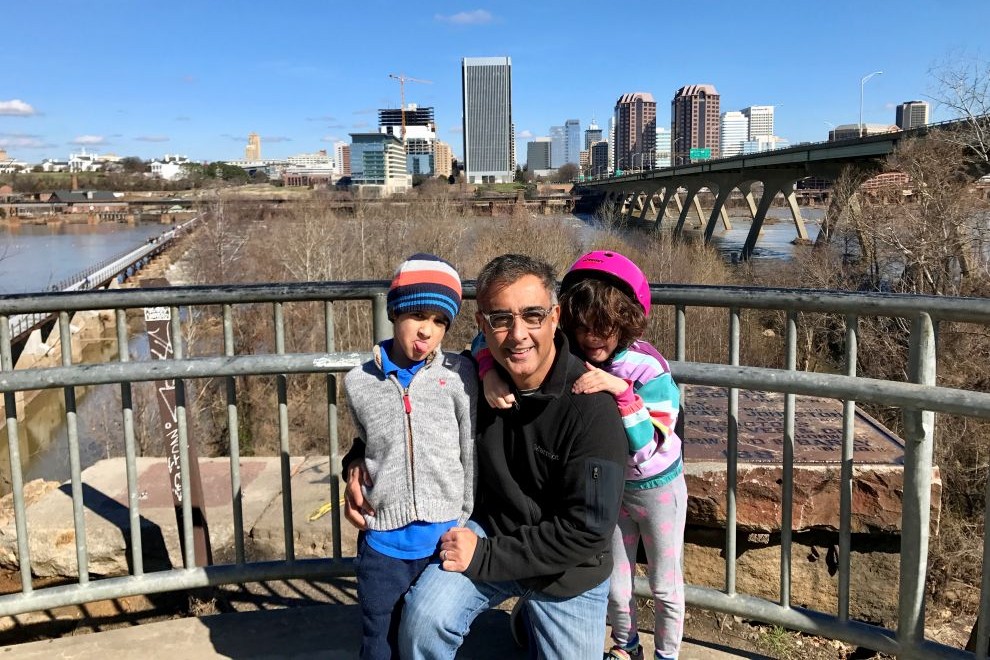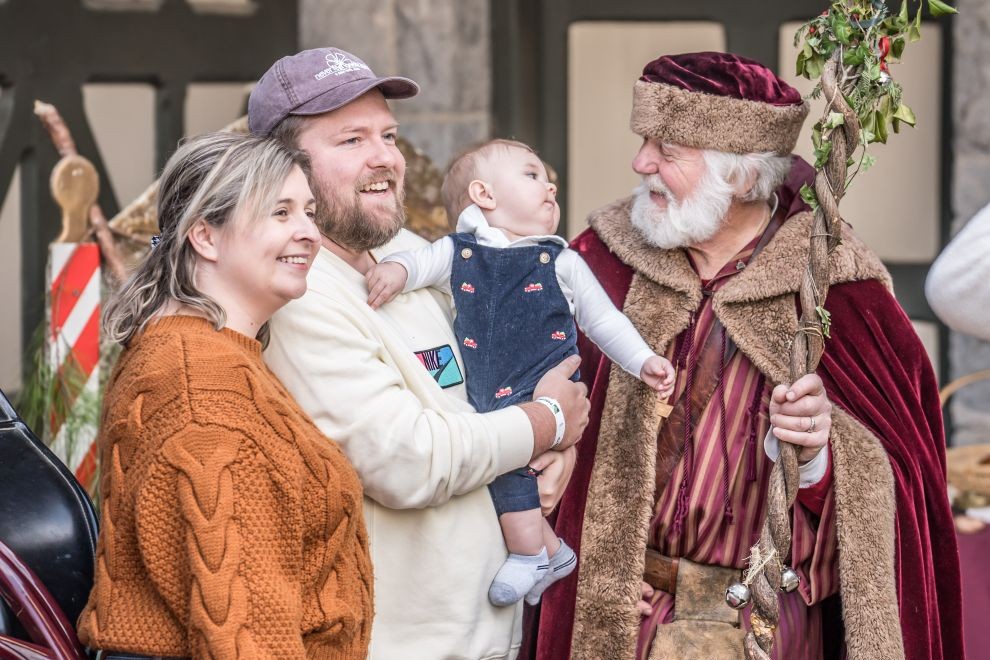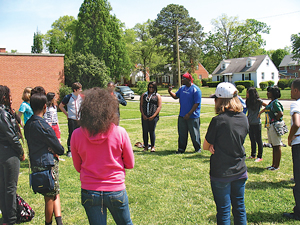 When two of their classmates were murdered in 2004, a group of students came to Richmond educator Ram Bhagat for guidance. Bhagat, a member of the Richmond Peace Education Center (RPEC) board of directors, helped the teens organize a conference to give voice to their concerns and seek alternatives to violence in their communities. About sixty young people attended that first Youth Peace Summit, marking the official launch of the Richmond Youth Peace Project (RYPP).
When two of their classmates were murdered in 2004, a group of students came to Richmond educator Ram Bhagat for guidance. Bhagat, a member of the Richmond Peace Education Center (RPEC) board of directors, helped the teens organize a conference to give voice to their concerns and seek alternatives to violence in their communities. About sixty young people attended that first Youth Peace Summit, marking the official launch of the Richmond Youth Peace Project (RYPP).
A few years later, seventh-grader Amy Woo heard about RYPP from a neighbor. Amy says back then, she “felt like a failure when I couldn’t speak up for others, yet alone myself.” Peace was not a common thread in her learning environment. “Too many of my peers had been bullied based on academic performance, ethnicity, or attire,” said Amy. “But the idea of performing the simple task of communicating with a group of other students was beyond my capabilities.” Despite her reticence, Amy found enough courage to participate in RYPP’s weekend training for teen leaders. Following that session, she began apprenticing as a teen conflict resolution workshop leader, under the guidance of Santa Sorenson, the Peace Center’s conflict resolution coordinator.
Adria Scharf, PhD, executive director of RPEC, says, “RYPP has become a key part of the Center’s overall mission to promote nonviolent conflict resolution and social justice in Greater Richmond. Our mission also calls for the Center to build inclusion and diversity, and through RYPP, young people like Amy get to collaborate with teens from diverse racial, geographic, and socioeconomic backgrounds.”
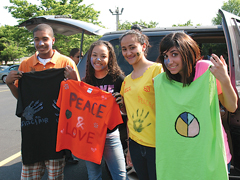 In middle school, Amy co-led a series of RYPP workshops with her peers. She learned how to speak with more confidence and ease and acquired important leadership skills. In high school, Amy led more workshops and became a leader in her school and community. She planned and co-facilitated an art workshop at the 2010 Youth Peace Summit called Picturing Peace and Justice: A Collaborative Art Project. “This project brought youth of all different backgrounds, races, and ages together to collaborate on a mural that promoted social justice,” Amy says. “The participants started as strangers, yet they all got along as if they had known one another as they worked on this project.”
In middle school, Amy co-led a series of RYPP workshops with her peers. She learned how to speak with more confidence and ease and acquired important leadership skills. In high school, Amy led more workshops and became a leader in her school and community. She planned and co-facilitated an art workshop at the 2010 Youth Peace Summit called Picturing Peace and Justice: A Collaborative Art Project. “This project brought youth of all different backgrounds, races, and ages together to collaborate on a mural that promoted social justice,” Amy says. “The participants started as strangers, yet they all got along as if they had known one another as they worked on this project.”
 Since 2004, the Richmond Youth Peace Project has grown to serve hundreds of children and youth each year. The program’s primary goal is to encourage young people to learn and apply techniques of nonviolent conflict resolution to help reduce youth violence in Central Virginia. “RYPP has trained over two hundred teens as conflict resolution trainers,” says Scharf. “These young people become role models, leading workshops for other children and youth under the mentorship of the Peace Center’s experienced adult trainers. A few of them have even gone on to become members of our adult conflict resolution training team.”
Since 2004, the Richmond Youth Peace Project has grown to serve hundreds of children and youth each year. The program’s primary goal is to encourage young people to learn and apply techniques of nonviolent conflict resolution to help reduce youth violence in Central Virginia. “RYPP has trained over two hundred teens as conflict resolution trainers,” says Scharf. “These young people become role models, leading workshops for other children and youth under the mentorship of the Peace Center’s experienced adult trainers. A few of them have even gone on to become members of our adult conflict resolution training team.”
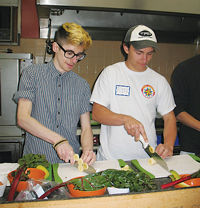 The Richmond Peace Education Center, established in 1980, believes the best way to teach leadership is to give young people genuine opportunities to lead. Since the eighties, the RPEC board has reserved at least one full voting position for a high school-aged member. As an extension of RPEC, the Richmond Youth Peace Project is committed to giving young people a voice, through the democratic participation of its members. Teens are full partners in the planning and presentation of RYPP programs. A number of RYPP trainers, like Amy, have served as Peace Center board members, and several have gone on to become certified as adult trainers in the Center’s conflict resolution program.
The Richmond Peace Education Center, established in 1980, believes the best way to teach leadership is to give young people genuine opportunities to lead. Since the eighties, the RPEC board has reserved at least one full voting position for a high school-aged member. As an extension of RPEC, the Richmond Youth Peace Project is committed to giving young people a voice, through the democratic participation of its members. Teens are full partners in the planning and presentation of RYPP programs. A number of RYPP trainers, like Amy, have served as Peace Center board members, and several have gone on to become certified as adult trainers in the Center’s conflict resolution program.
“RYPP also emphasizes positive selfexpression through the arts – including music, dance, spoken word poetry, drama and the visual arts,” says Scharf. “The program’s annual edu-concert, held in February, honors Dr. Martin Luther King Jr., with performances by local young people. It’s another important way we give young people a voice as they strive to make their community a just and more peaceful place to live.”


